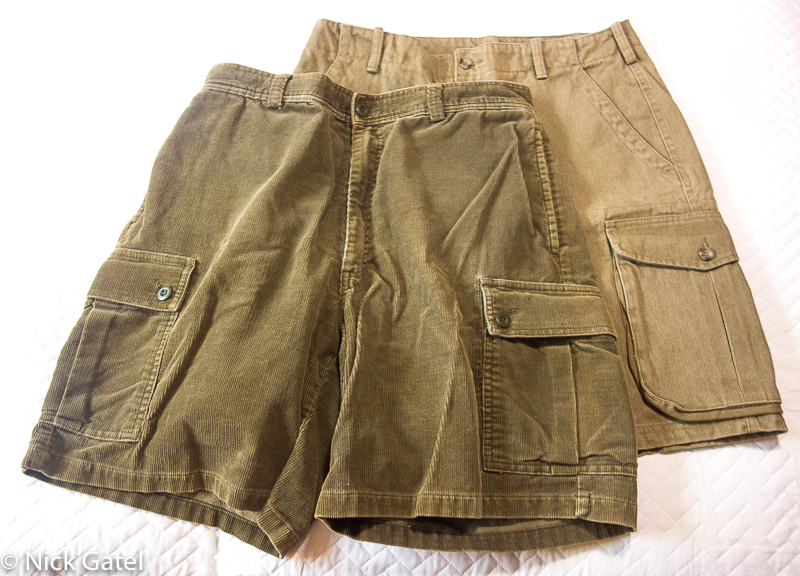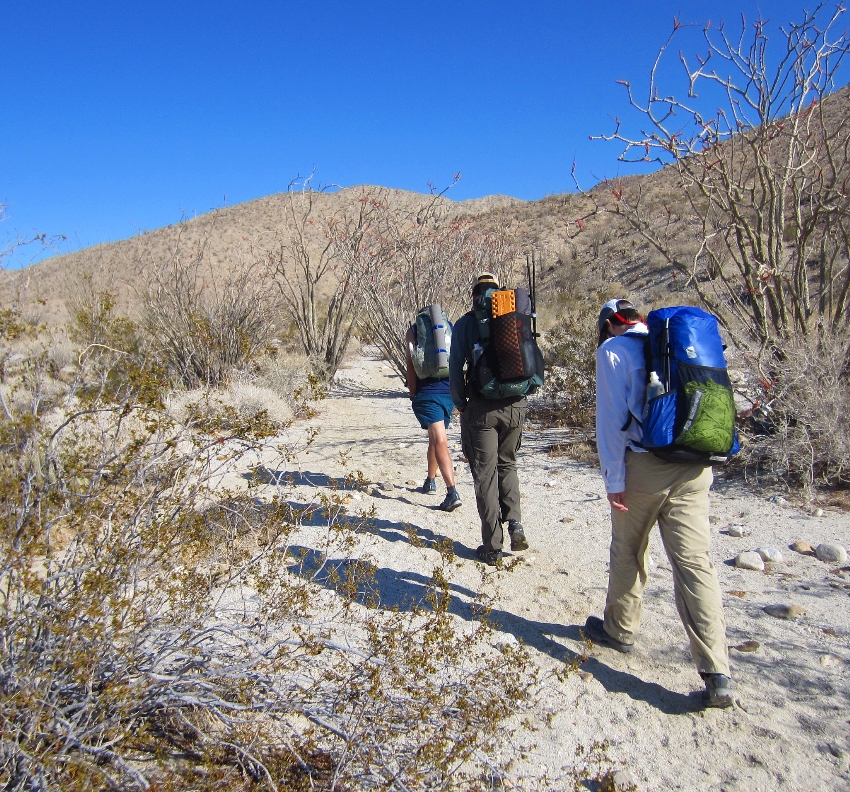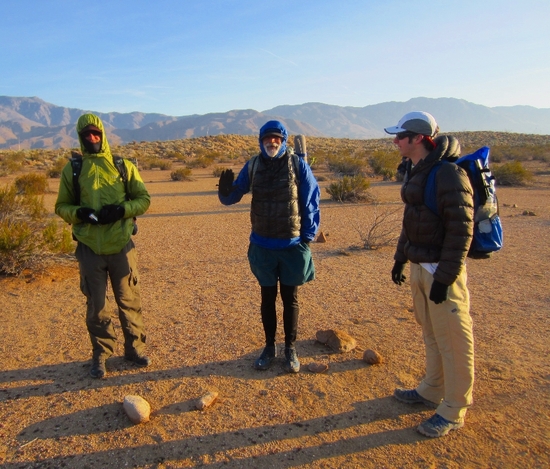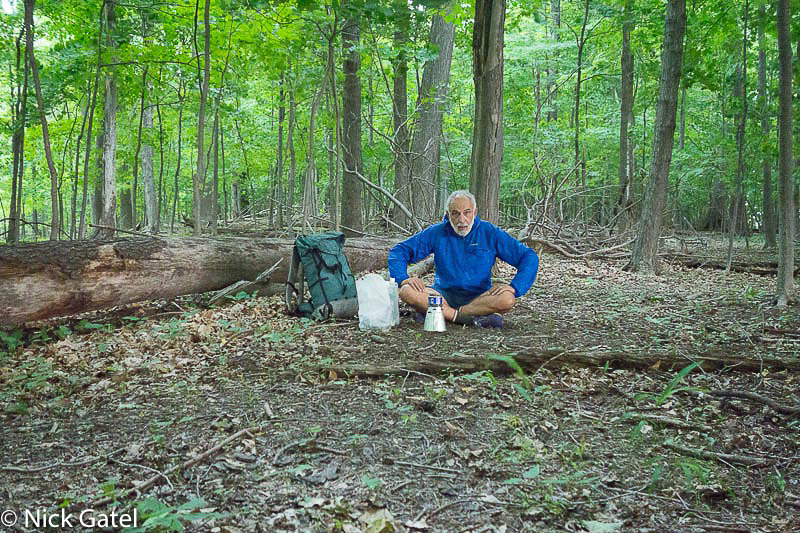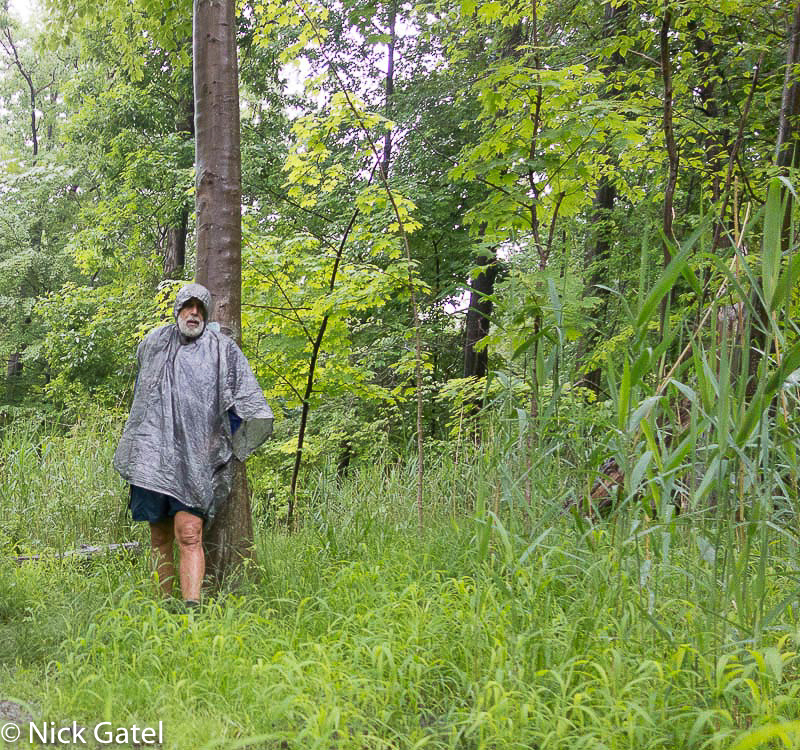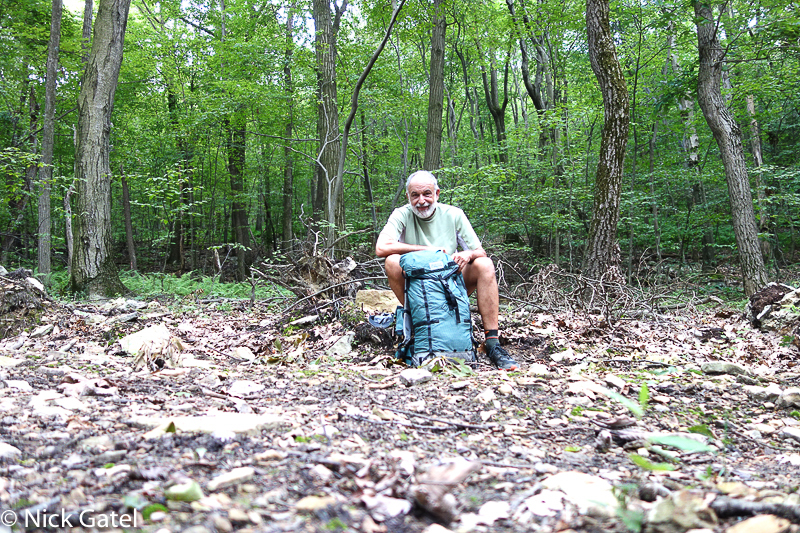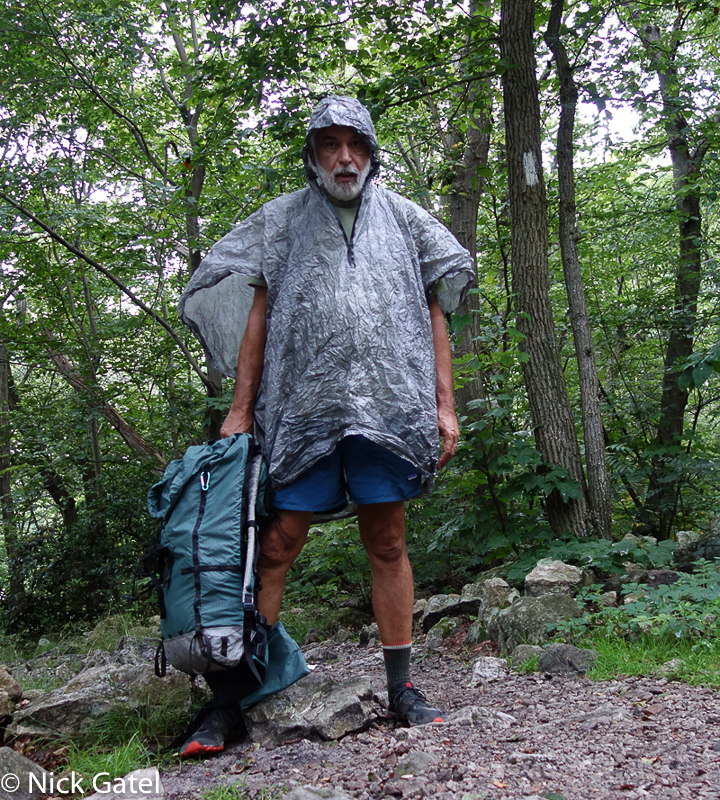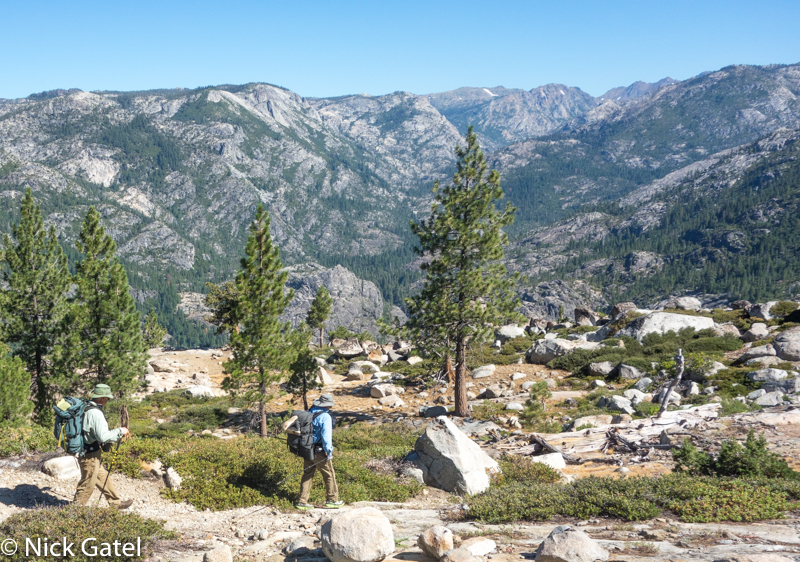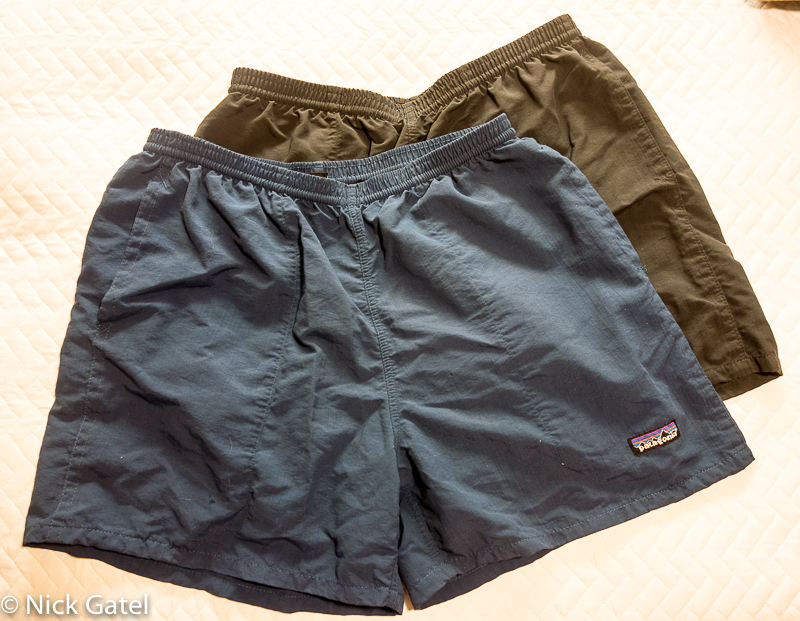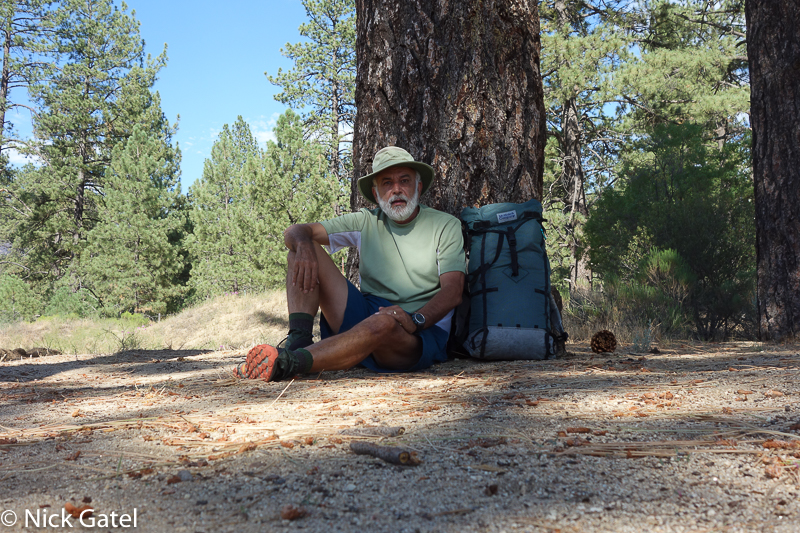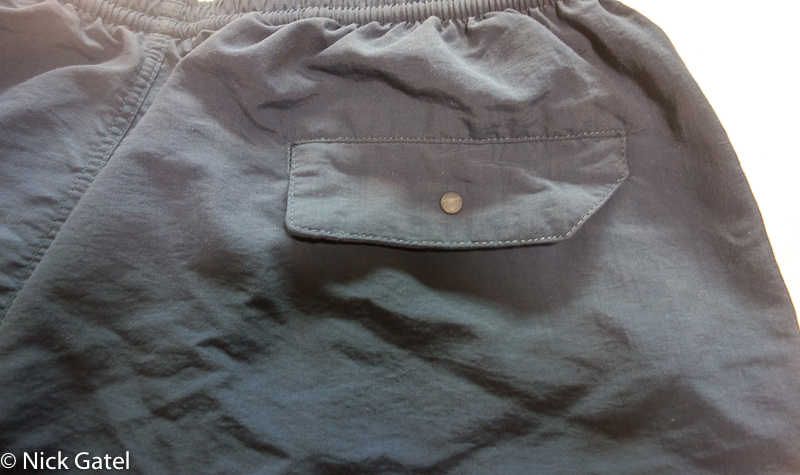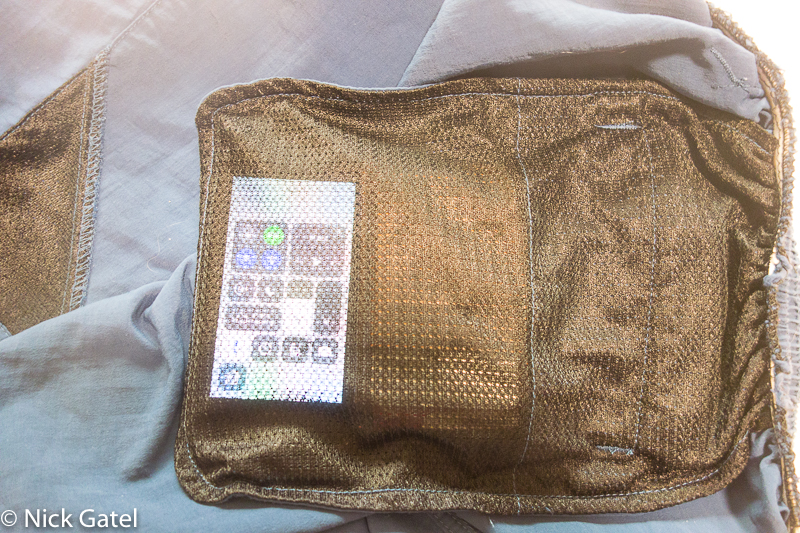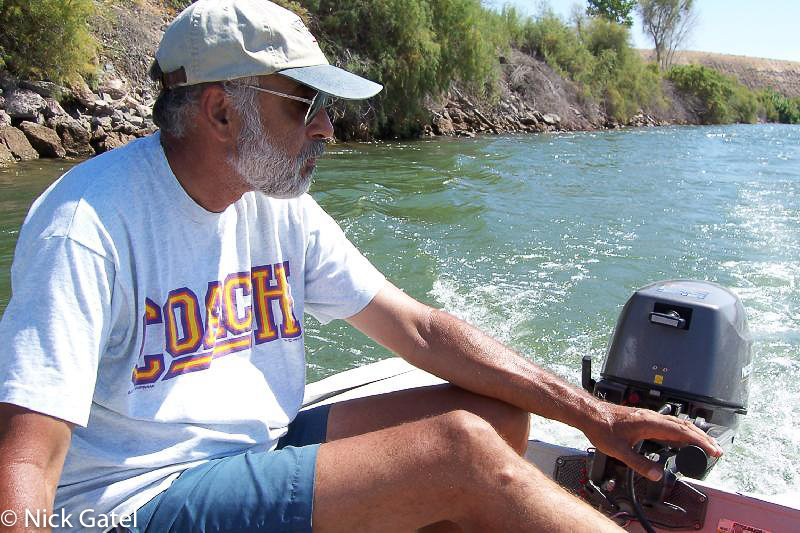Stuff That Works
Have you noticed the trend?
Lately I’ve been reviewing a lot of old gear, which I still use. The reason is, these items work. Much of the new stuff are just iterations of the old, camouflaged by marketing people, created to imply new and improved.
I have been using Patagonia Baggies for most of my outdoor activities for 35 years. Not the same pair, because they do wear out eventually. They do last longer than any other shorts I have used though.
Around 1985, or maybe earlier, I bought a pair of Patagonia Baggies shorts. This was because I wasn’t completely happy with what I had been using for 20 years. I had also tried running and gym shorts but they didn’t work out because they lacked pockets.
Prior to this, I mainly wore shorts made of corduroy. Durable, pleasant texture, wide leg openings for ventilation, and ample pockets; these ticked a lot of checkboxes for me. But to be honest, all those big cavernous pockets were a bit much. All I needed was a couple of front pockets. Back then most were made from 100% cotton with a few brands made with a cotton/polyester blend with over 80% cotton. But they were difficult to find, usually requiring a mail order purchase (remember there was no Internet in the ‘60s and ‘70s).
I still have these old corduroy shorts left over from the ‘70s
They are also fairly heavy. Cotton absorbs water. So in really hot summer weather they got even heavier, plus they suck as swim trunks. I still have a couple pair left over from those days and occasionally wear them.
Patagonia Baggies History
Patagonia introduced these shorts in 1982. They were designed to meet the specifications of Patagonia’s founder Yvon Chouinard an accomplished rock climber, mountaineer, fisherman, and surfer among other outdoor pursuits. In 2018 GearJunkie published this interview with Patagonia spokesman Corey Simpson, he states,
Yvon Chouinard wanted a pair of shorts that had mesh drain pockets that fit two tennis balls. They had to be quick drying and durable enough to climb or be on the river. They needed a simple silhouette.
Ah, a guy who actually uses the stuff he sells. I like that.
Baggies have been in continuous production ever since. The originals were a nylon/polyester/cotton blend (41/38/21), later changed to Supplex® nylon, and are now made from recycled nylon per Patagonia’s website. I don’t know what kind of recycled nylon they are using now, since my two pairs were bought about 10 years ago and are made from Supplex®.
Supplex® is a DuPont product released in 1985, with the following properties:
- SUPPLEX® is 26-36% softer than nylon
- Abrasion resistant
- Water repellent
- Dries faster than cotton
- Breathable
- Lustrous
- Retains color
- Holds shape
- Anti-bacterial
- Odor resistant
- Easy care
- UV resistant
I always keep two pair of Baggies in my clothes closet. They usually last me for 10 years or even longer. My current inventory is nearing the 10-year mark and has plenty of life left. I may die before they do.
Baggies come in two inseam sizes for men, 5-inch and 7-inch. For a few years Patagonia discontinued the 5-inch size and I had to buy a couple similar pairs from another company. As soon as Patagonia brought the 5-inch size back, I threw away the inferior “off brand” and got a couple pair from Patagonia.
Why Wear Shorts?
I have always wonder why so few people wear shorts when backpacking. It has always been the case, most backpackers wear long pants.
Having lived in the desert for 40+ years, I don’t do well in cold weather. Despite that, I mostly wear shorts, because once underway, I can stay comfortable. If it gets really cold, I can wear long underwear under my shorts, put on wind pants, or even wear a rain kilt if encountering cold, wind-blown rain. The key is to keep the large thigh muscles warm if it gets too cold. A few years ago I went on a trip with four guys, and was the only one wearing shorts.
That night a vicious weather front hit us, with temperatures around freezing. In the morning, I layered my clothing to stay warm for first thirty minutes or so, and then removed my layers, continuing with just shorts and a light tank top.
On a trip along the Buckeye Trail in Ohio, back in 2014, it was getting overcast and cold, to the point I had to put on a wind shirt, but my legs were fine. And even when it did start to rain, which turned into a downpour, I was okay with a smallish poncho, with most of my legs exposed.
Similar weather the previous year (2013), same clothing set-up, worked fine on the Appalachian Trail.
Hiking Environment Concerns
On a 2017 trip to the Mokelumne Wilderness with my friends, Doug and Peter, are both experienced and skilled backpackers, they wore long sleeve shirts and long pants. I wore a loose mesh T-shirt and Baggies.
Their clothes would protect them from UV rays, protect their legs in sections we had to hike off-trail, and provided protection against ticks.
When we got to our end of the day campsite, they were soaked in sweat while I was cool and dry. BTW, no sunburn, no mangled legs from brush, and no ticks.
For them, their clothing choices met their goals, and mine met my goals.
The Details
Colors
If you are inclined, you have a selection of 11 colors/patterns.
I always opt for darker colors that don’t show dirt as much and colors that don’t allow me to stand out.
Mesh Liner
Baggies come with a quick drying mesh liner. However, the first thing I do with any shorts that include a mesh liner is to . . .
. . . cut out the liner! These small scissors make the job easy.
You may wonder why.
Because leg openings are fairly wide, providing a lot of ventilation. I rarely get chaffing or “jock itch,” especially in the dry climate I hike in most often.
Sometimes in really hot and humid conditions, a mesh liner would help, but I find a pair of ExOfficio Give-N-Go Boxer Briefs work better, and I rarely have to bring them along. There is one exception. Since I wear the shorter 5 inch Baggies that have fairly wide leg openings, I occasionally find myself in mixed company. On those trips I wear the boxer briefs so nothing falls out 🙂
In the picture below, you can see the briefs below the hemline of my Baggies. I wore these because three ladies joined us on the first day and night of a trip in the Trinity Alps in 2019.
Keeping Your Shorts Up
They come with a fairly robust elastic band and a drawstring. Never have problems with them falling down, even when I am carrying my Sony RX-100 camera in one of the front pockets.
Front Pockets
Two large front pockets… and I mean large. You can put a couple tennis balls in each one — remember this was one of Chouinard’s specificiations. People complain that the wide pocket opening doesn’t keep things from falling out, but I’ve never had that problem. I don’t carry much in my pockets. Usually my camera in one, and sometimes a compass and map in the other, along with a couple candy bars or other snacks.
The pockets are sewn-in; unlike most other brands that use all mesh pockets. Mesh pockets tend to rip and come apart over time.
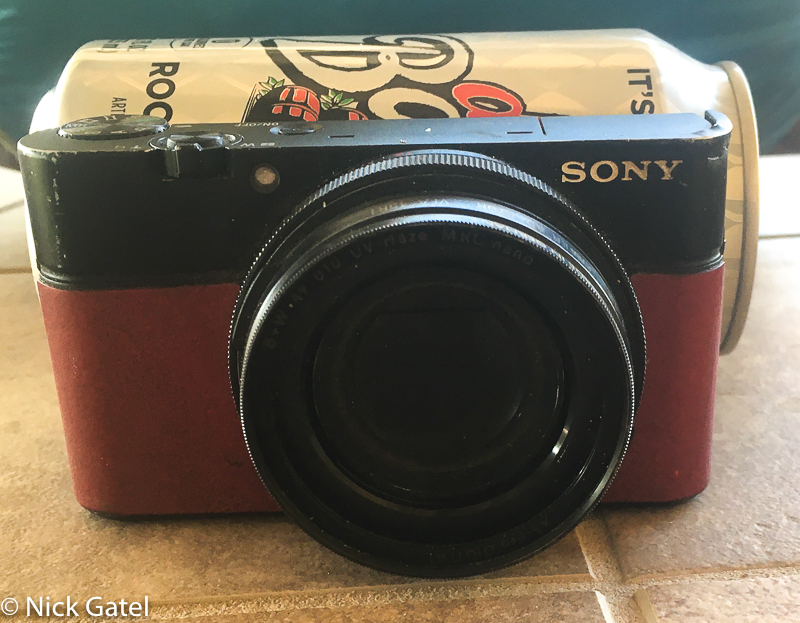 Sony RX-100 camera size compared to 12 oz soda can.
Sony RX-100 camera size compared to 12 oz soda can.
Here the shorts are turned inside out, and you can see how the pocket is sewn to the main fabric. The pocket can’t flap around.
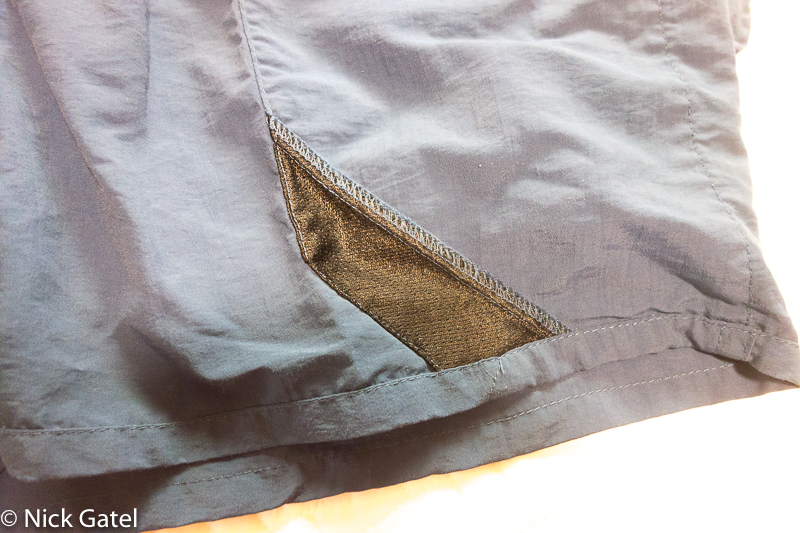
Rear Pocket
The shorts have a single huge rear pocket with a snap closure.
The rear pocket is not sewn to the main fabric, like the two front pockets. One side of rear pocket is made from the same material as the shorts, and the other side from mesh.
I rarely use the rear pocket, but below I put an iPhone SE and a normal size man’s wallet next to it, and they took up about 2/3 of the height. There is enough room that I could have “stacked” the phone and wallet and they would have fit in the bottom of the pocket.
Not Only For Backpacking!
Cost
Okay, these aren’t cheap. Consider they are well thought out and designed, durable, multi-use, well built, and have Patagonia’s “Iron Clad Guarantee”
We guarantee everything we make. If you are not satisfied with one of our products at the time you receive it, or if one of our products does not perform to your satisfaction, return it to the store you bought it from or to Patagonia for a repair, replacement or refund. Damage due to wear and tear will be repaired at a reasonable charge.
I have heard their warranty policy is very liberal, to the point they often repair user-incurred damage for free. I’ve never returned anything for replace or repair, as my Patagonia gear lasts a long time, and I know what normal wear and tear is. But Patagonia does encourage people not to buy new gear if the old can be repaired.
According to a recent article in the Washington Post,
. . . in its Reno, Nev., service center, Patagonia operates the country’s largest outdoor gear-repair shop. During the 2017 fiscal year, it made 50,295 clothing repairs. Josh Schill, the repairs department manager, oversees 69 full-time employees working at 48 industrial sewing machines on a mezzanine in the natural-light-filled warehouse.
Company Ethics and Activism
A pet peeve of mine: I see so many backpackers complain about how corporations treat the planet and their workers, but they constantly buy junk from companies that behave the way those they complain about.
Patagonia is different. Way Different. Click the three links below to find out more.
If these things are important to you, then consider any product you purchase from Patagonia is more than the product you buy.
Where to Buy
Recreational Equipment Inc (REI)
This website contains affiliate links. I may receive a small commission at no cost to the reader if you purchase something via on of the links.

